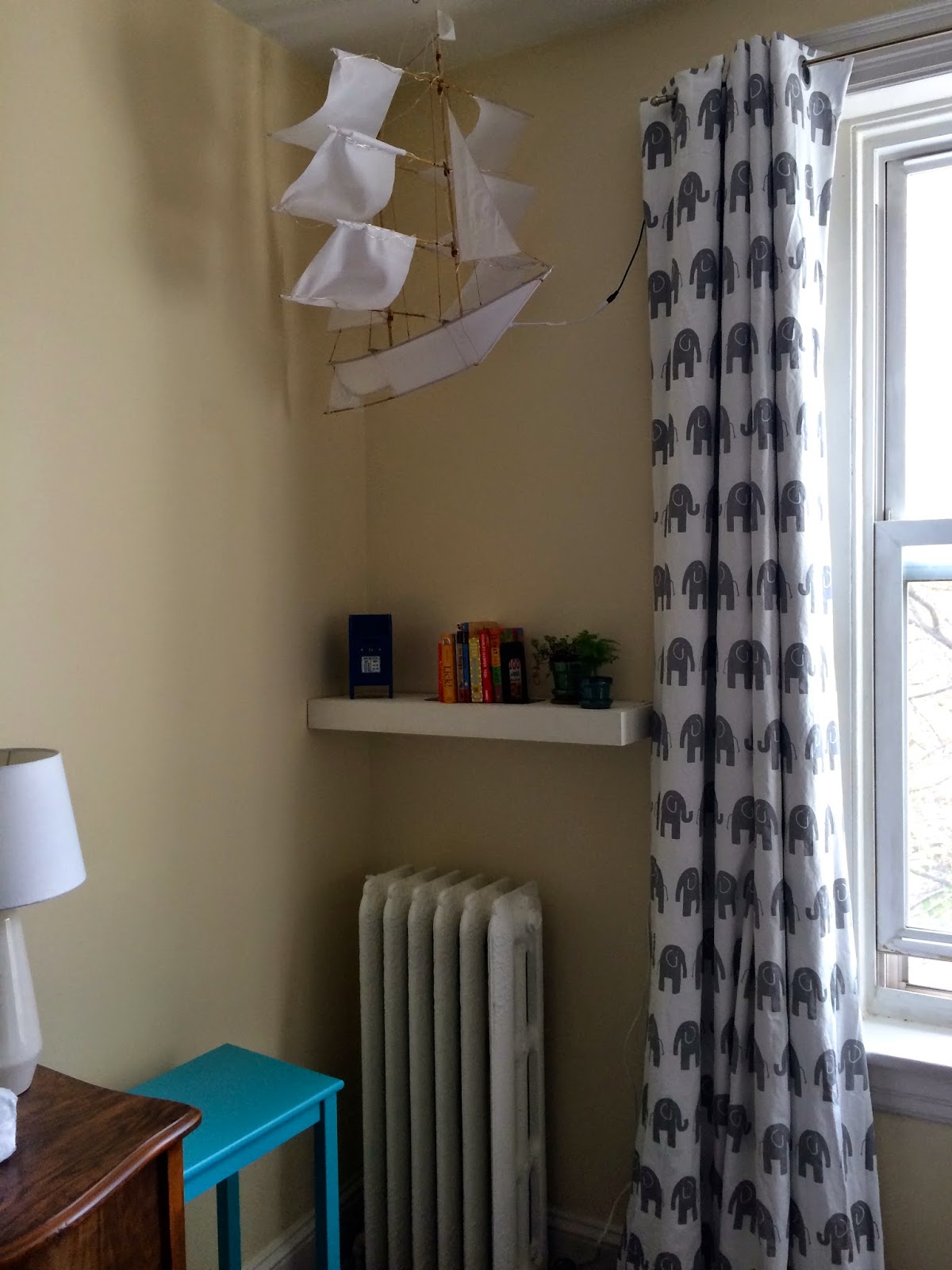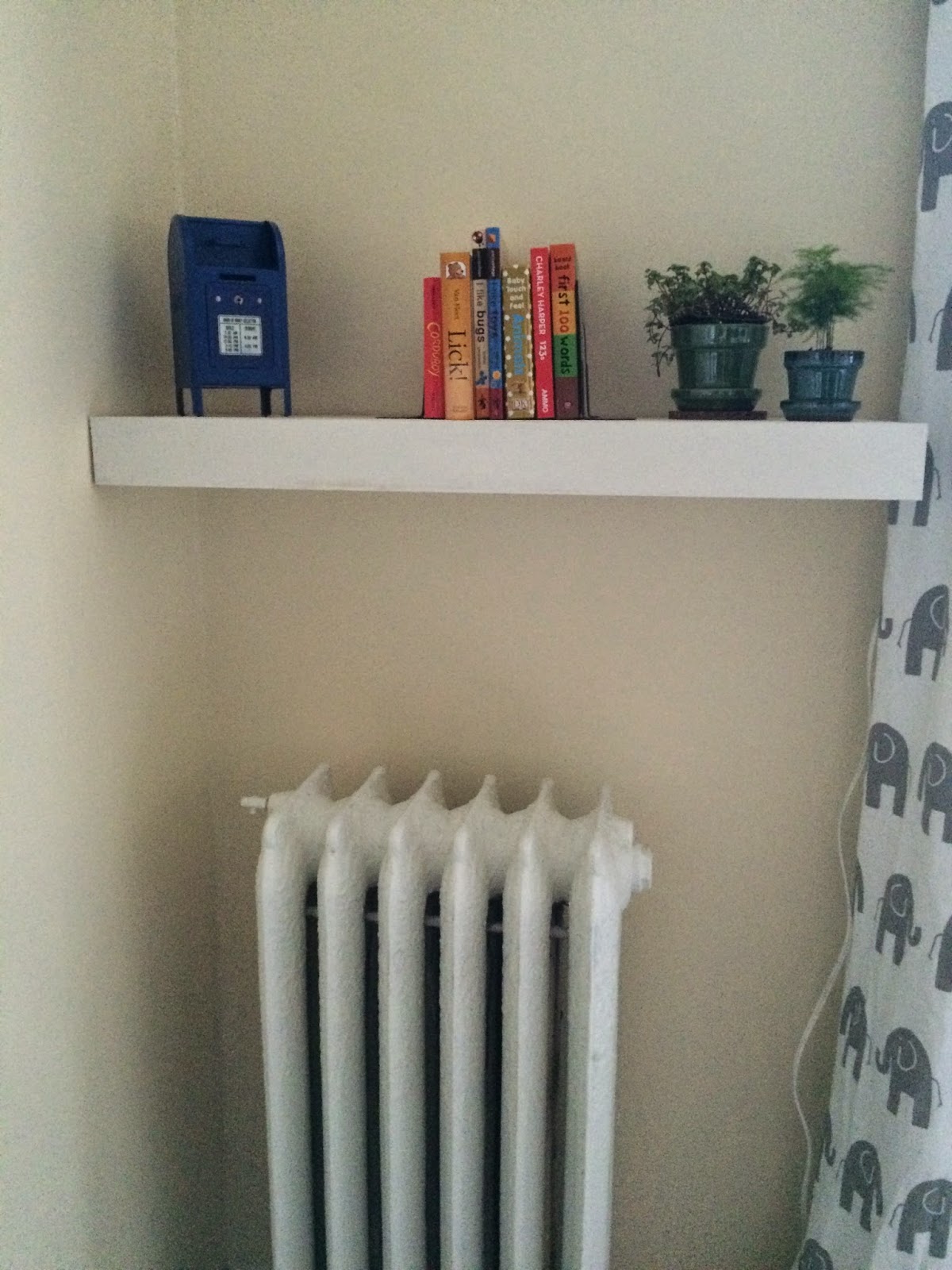a cherry tree somewhere on the Mall
magnolias on the grounds of the Capitol
a bunch of tulips coming up in our back yard
check out our little red bud tree!
Most everything we planted last spring made it through the summer and into the fall; but a couple of gardenias that we bought last spring did not make it through the winter. I was warned when I bought them that they were really more comfortable slightly to the south of us, so I should watch out for a harsh winter. They made it through the whole winter and right up to the last big snow- then poof, they turned completely brown and sad. It serves me right, but is a real shame. So I spent one day outside removing them and any of the other dead stuff from annuals and whatnot.
very sad gardenias couldn't make it through the winter
Step 2. Add New Shrubs
We bought some hawthorns to replace the dead gardenias, which should be happy in the light and climate they're going to get. Hopefully this is the last time we have to buy any shrubs - everyone else has been in the ground at least a year now and will hopefully make it.
new hawthorns looking happy so far
Step 3. Build a Trellis
Our garden is very flat, and so far everything has been planted at or near ground level. We wanted to add some height, so we decided to build a little trellis for a climbing vine. This was super easy - we just bought four 1"x2"x8's. I cut three of them down to 6' tall, and cut another one of them into pieces that were 2' long. Then, I laid the three 6' pieces down in a slightly fanned-out shape, and laid the 2' pieces on top. I glued them down, and Spouso nailed them together, with roughly even spacing. Hopefully the vines will climb up the trellis and onto the fence.
building the trellis
a new clematis on a new trellis
Step 4. Add some perennials and bulbs
We picked up a bag of peony bulbs and planted them. They should be beautiful later this summer and will come up again every year. We also grabbed some other perennials to start filling in our remaining bare spots and add more summer color.
two new columbines on the fence
new caladiums and hostas under the red oak tree
Annuals make the most dramatic color in a yard, but they can be expensive when you buy lots and lots each year. So I've been trying to fill the yard up with shrubs and perennials in as many places as possible, leaving only a few spots for annuals to fill in.
the quarter circle is full of purple alyssum
a pot of coleus in front of the azaleas
red begonias in front of a row of hostas
Step 6. Clean Solar Lights
We got a bunch of cheapie solar lights two years ago, and haven't done anything with them since. Over time, they've gotten foggy and stopped working very well. I did some googling and found recommendations to clean them with vinegar, or use a high-grit sandpaper to gently scrub off the fuzziness. I opted to do both, by scrubbing them with vinegar using a kitchen scrubby thing. After a few minutes, they all lost their fogginess, and the plastic went back to clear. So far, they seem to be working much better already.
A foggy solar light
A scrubbed and cleaned light, no more fogginess
So, everything's planted now. Hopefully all the new plants will fill in, and all the old plants will flower. Update coming in a few months.
























































